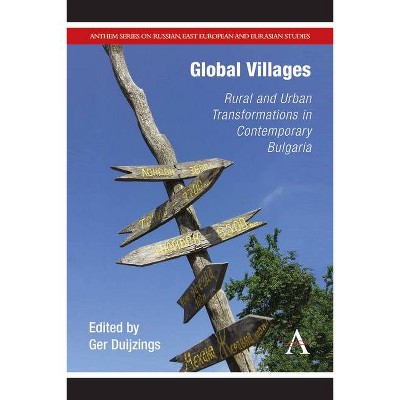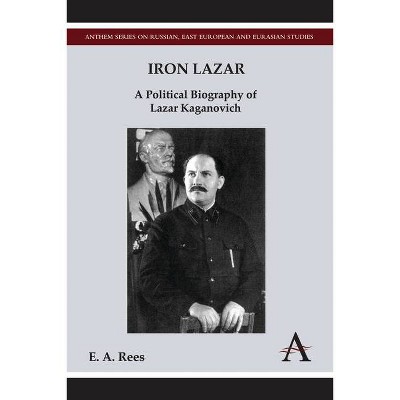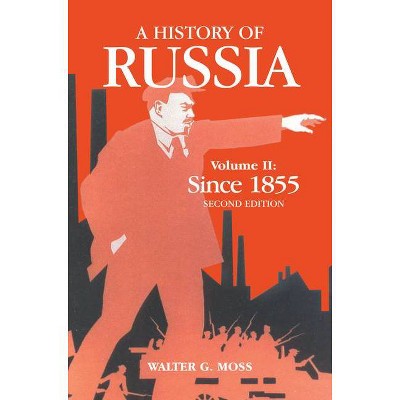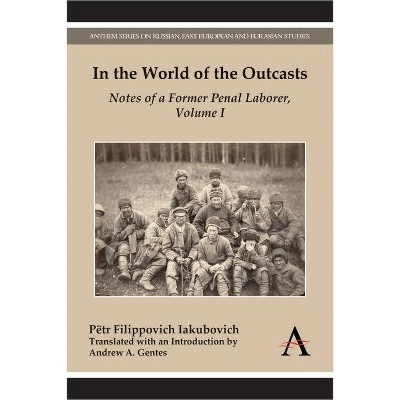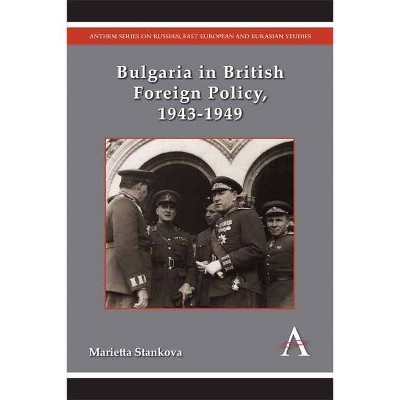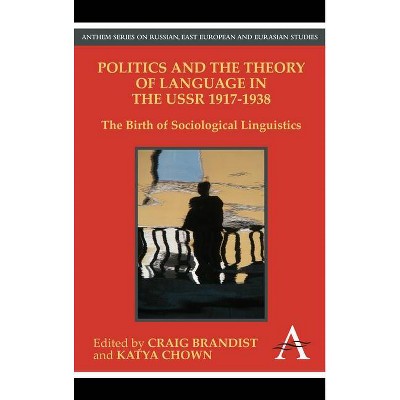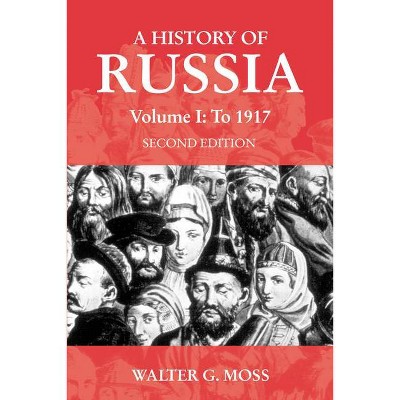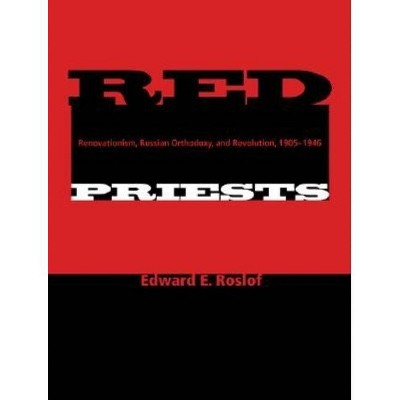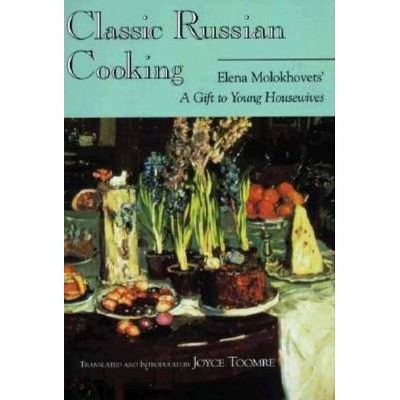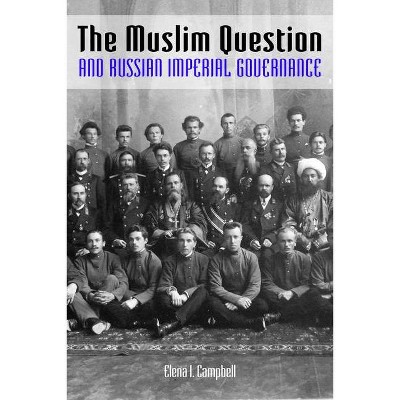Socialist Realism in Central and Eastern European Literatures Under Stalin - (Anthem Russian, East European and Eurasian Studies) (Hardcover)
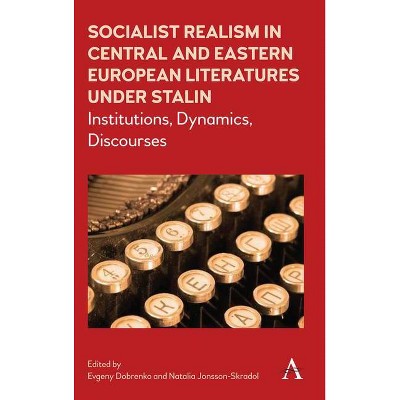
Similar Products
Products of same category from the store
AllProduct info
<p/><br></br><p><b> About the Book </b></p></br></br><p>This collection on the export of Socialist Realism into Central and Eastern Europe after WWII is the first work on the subject which offers an in-depth analysis of the particularities of distinct national and cultural contexts and explores complexities of the cultural Sovietisation of the region.</p><p/><br></br><p><b> Book Synopsis </b></p></br></br><p>This volume brings together articles written by experts in the literary history of Central and Eastern European literatures. The overarching topic is the export of Socialist Realism into Europe after WWII, but the authors are interested not so much in highlighting the generalised, top-down mechanism of the project, as in the particularities of each specific national and cultural context. Research shows that in practice the introduction of the Soviet cultural model was not quite the smooth endeavour that it was intended to be; rather, it was always a work in progress, often born out of a give-and-take with the local authorities, intellectuals and interest groups. Those in charge negotiated the precarious terrain of local cultural and political controversies, caught between tradition and innovation in some countries, or, in others, between a sincere interest in the new concept of art and a complete refusal to accept new rules. Paradoxically, among all the different experiences of introducing, importing imposing Socialist Realism in the specific national contexts, the one thing in common is that each case was a response to the local conditions, a process of working through the challenge of inscribing a staunch theory into the daily reality of an unfamiliar country, language and culture.</p> <p>The general approach shared by the authors is based on the premise of there having been a mutual influence between the various forces engaged in the process - be it between the 'host cultures' and 'the centre' (i.e., the Soviet authorities), traditional groups and advocates of artistic innovations, similar creative movements in different countries, or political rivals and various interest groups from the literary milieu. But the interrelationship between the texts in this collection is also dialogic: selected with a view of complementing each other, often offering different perspectives on the same issue. Thus, the socialist realist episode in the Yugoslav arts and letters can be regarded either as a short episode, a foundation of the national myth, or a chapter in the ongoing rivalry between competing parties in the creation of a national canon (Perusko, Norris, Ivic). The Czech case can be seen as exemplary strenghtening of traditional pre-war censorship mechanisms or as an awkward attempt to accommodate the Soviet version of a new positive hero (Janáček, Schmarc). The role of leftist intellectuals returning from exile, their interactions with Soviet representatives, as well as the framing of these interactions in the national cultural debate in East Germany and Hungary were both similar and distinctly different (Hartmann, Fehervary, Robinson, Skradol; Scheibner, Kalmár, Balázs). Even in the case of the loyal Soviet satellite Bulgaria, Soviet style institutions can be analysed differently, depending on whether one takes a synchronic view at the time of their imposition, or a diachronic view, observing their evolution over time (Volokitina, Doinov). At the same time, Soviet efforts directed at the creation of a unified socialist cultural sphere were quite versatile, and by no means limited to activites in specific countries (Zubok, Djagalov, Ponomarev). Finally, when it comes to the demise of Socialist Realism as a Pan-European project, having a country-specific perspective next to a more general, European picture is productive for an assessment of the true significance of the events in question (Dobrenko, Günther).</p> <p>The texts are divided into sections which reflect the organising principle of the volume: an overview with a focus on specific case-studies and an analysis of distinct particularities with attention to what patterns of negotiation and adaptation were being developed in the process. Most of the contributions rely on archival resources, often previously unexplored, and all of them place the issue they are concerned with into a broader institutional, social and cultural context.</p><p/><br></br><p><b> Review Quotes </b></p></br></br><br><p>'This volume's transnational mosaic of contributions allows scholars to perceive a new way of thinking about Stalinist culture, as well as the culture it bequeathed in its wake.'<br /> -- Pavel Khazanov, 'The Russian Review' Volume 77, Issue 4, October 2018 Pages 645-692</p><br><br><p>Socialist Realism proves a useful resource for graduate students and scholars interested in Eastern Europe in the second half of the twentieth century from various perspectives--literary, historical, political, cultural and sociological--and it opens the way for new insights into a troubling era.' <br /> -- Corina L. Petrescu, 'Hungarian Cultural Studies'. 'e-Journal of the American Hungarian Educators Association', 12 (2019)</p><br><p/><br></br><p><b> About the Author </b></p></br></br><p>Evgeny Dobrenko is professor of Russian and Slavonic Studies, University of Sheffield, UK. He is the author, editor or co-editor of twenty books and numerous articles on Soviet and post-Soviet literature and culture.</p> <p>Natalia Jonsson-Skradol is a research associate at the University of Sheffield, UK. Her work focuses on unconventional approaches to discursive practices of repressive regimes - mostly Stalinism, but also German and Italian fascism.</p>
Price History
Price Archive shows prices from various stores, lets you see history and find the cheapest. There is no actual sale on the website. For all support, inquiry and suggestion messagescommunication@pricearchive.us
